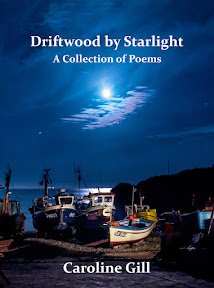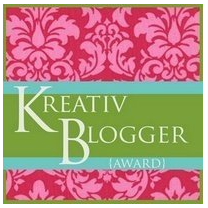We spent a wet afternoon enjoying this fascinating exhibition, installed in the gallery at the Lettering Arts Centre Trust, part of the Snape Maltings complex. Robert Macfarlane's book, The Lost Words, illustrated with superb art by Jackie Morris, has taken the nation by storm, finding its way into schools, libraries, concert halls, festivals, homes and hearts across the land.
Most will know by now that the book was prompted by the sad fact that a significant number of key nature words - acorn, bluebell, conker, to name but three - were replaced (or superseded) by ones deemed more valuable in the current age, like words to do with technology, in the last edition of The Oxford Junior Dictionary.
This situation has prompted many responses involving music and the other arts. Those who were engaging with aspects of the book for this particular exhibition had used stone-carving techniques to present a number of the lost nature words, such as 'otter', 'fern' and 'newt', in fresh and meaningful ways.
How, I wondered, would these letter-cutter artists prepare a significant piece when each had just one word to interpret in, on or through the medium of stone? I find artistic process fascinating, and I particularly enjoy the creative sparks that fly when one artistic form confronts another in an ekphrastic way.
I know little about stone carving, though I have been interested in the properties of stone for many years. As a child I had a stone polishing machine (in days before we knew it was best to leave stones on the beach). We made jewellery from polished stones at my church youth group for a while when I was a young teenager. Holidays in Cornwall introduced me to serpentine and soapstone - and to sea urchin spines in the sand which I mistook for strontianite!
So I approached the exhibition with curiosity, and was richly rewarded. The exhibition was curated by Lynne Alexander and the exquisite and informative exhibition catalogue, The Lost Words - forget-me not, was edited by Suzy Powling and Lynne Alexander. Not surprisingly the book opens with Forewords from Jackie Morris and Robert Macfarlane. There is a third Foreword, from Matt Gaw, of Suffolk Wildlife Trust (whose Nature Summit I
Each of the exhibits has a spacious entry in the catalogue, with an image of the stone artwork of the Lost Word on each recto side, and prose about the piece opposite, with name, definition, origin and text. Each Lost Word now tells a story in stone: Fiona Flack, who created the artwork for FERN tells how a fossilised fern was her inspiration. Annet Stirling's NEWT caught our eye because she has demonstrated the creature's amphibious 'under water - over water' lifestyle and its precarious existence (presumably as a word and as a creature) by splitting the word horizontally through the middle. Iain Cotton's arresting rendering of OTTER caught my attention because the otters and stone base blend so perfectly. I was not surprised therefore to find that this word was carved on a slate beach pebble from Islay, where otters can sometimes be seen. The pairing of pebble and Lost Word in this instance seemed to be in particular(ly poignant) harmony. I'll end by mentioning Jo Sweeting and a part of her inspiration for her lithe rendering of LARK:
'larks building spires above spires into the sky'
The South Country
by Edward Thomas











